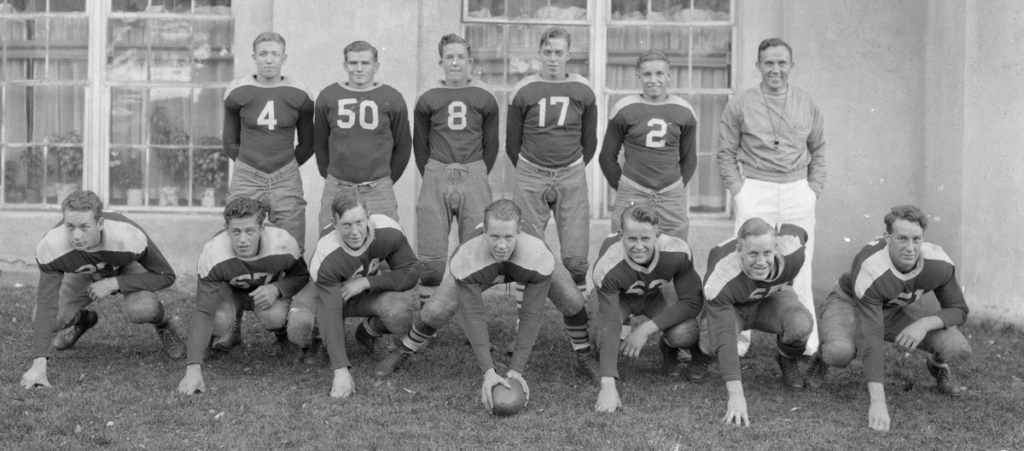Stipen Marinic was exactly five months shy of his fifteenth birthday when he arrived in the United States of America from his home in Kruščica, Croatia (not the town in Serbia) on March 6, 1935. Accompanied by his older brother Ivan, the handsome, brown-eyed, brown-haired Stipen had spent the last week as a third-class passenger aboard the passenger liner Berengaria. From New York City, the brothers were ticketed to their final destination: Park City, Utah, where they would join their father Victor and become known as Steve and John Marinich.
Located in the hilly Lika River Valley of central Croatia 106 miles South of the country’s capital Zagreb, the Kruščica area was farmland known for its cattle and canola farming. A variety of fish thrived in the Lika River. Numerous caves, sink holes, ponds, and springs covered a large part of the region, which was surrounded by a magnificent wilderness. It must have seemed like paradise to the two growing boys.
Victor had not seen his boys in more than ten years. Having left Croatia as a 26-year-old farmer in 1924, he was now an experienced miner at the Park Utah Consolidated and secretary of the thirty-two-member Park City No. 433 Croatian Fraternal Union of America. Steve and John had been living with their grandfather in the old country, since their mother had passed away when they were very young.
Steve would endear himself to the Park City community through his prowess on the football field. In September of 1938, Coach Max Warner issued football suits to the Park City High hopefuls for the coming season, including Marinich. The undefeated Miners captured the Summit Division championship with victories over Morgan, Wasatch, North Summit and Judge Memorial. The Red Devils of Springville won 7 – 0 over Park City in a state Class B semi-final contest to end their season.

Credit: Park City Historical Society & Museum, Pop Jenks Collection
The 1939 football season started off with a bang as the Miners defeated Cyprus 19-0 in their first home game on September 21. Steve Marinich was the starting tackle for Park City on that September day. One year later he would find himself aboard the USS Arizona on September 23 as she sailed from Pearl Harbor to San Pedro, California, having enlisted in the Navy in May of 1940.
On December 7, 1941, the Arizona and six of the U.S. Pacific Fleet’s battleships lay in port at Pearl Harbor along “Battleship Row.” At 0800 every morning, the Arizona’s twenty-one-piece band played the National Anthem for the daily flag raising ceremony. This is what the band was preparing to do on that Sunday morning when the ship’s air raid alarm went off at 7:55 a.m. Japanese aircraft from six carriers then struck the “Battleship Row” in two attack waves.
At 8:06 a.m. a bomb hit the black powder magazine (an ammunition storage area) near the forward section of the Arizona. A cataclysmic explosion shattered the battleship. 1,177 USS Arizona crew members were killed that day. Of those men, over 900 remain entombed on the now submerged ship alongside U. S. Navy Coxswain Steven M. Marinich.
Steve Leatham and David Nicholas are hosting a Park City Museum lecture about Park City military veterans on Thursday, November 11 from 5 to 6 p.m. at the Museum’s Education and Collections Center at 2079 Sidewinder Dr. RSVP here.